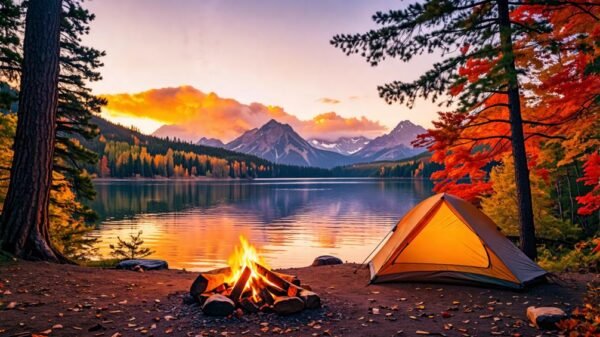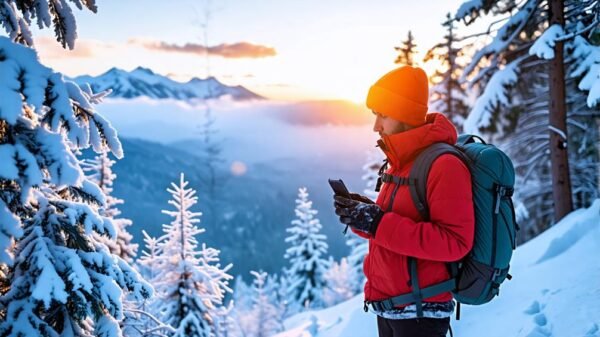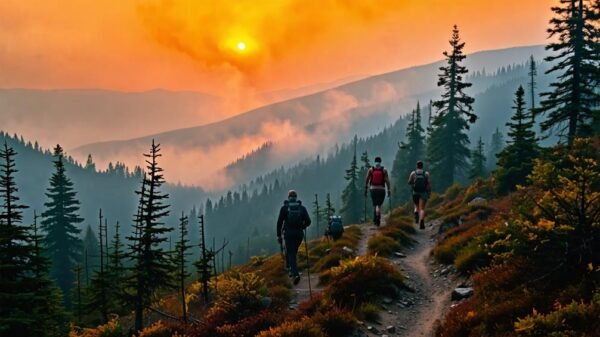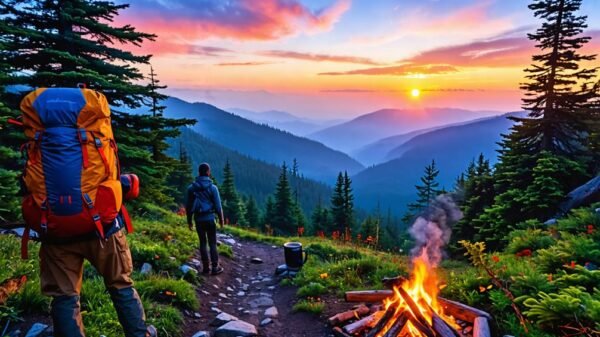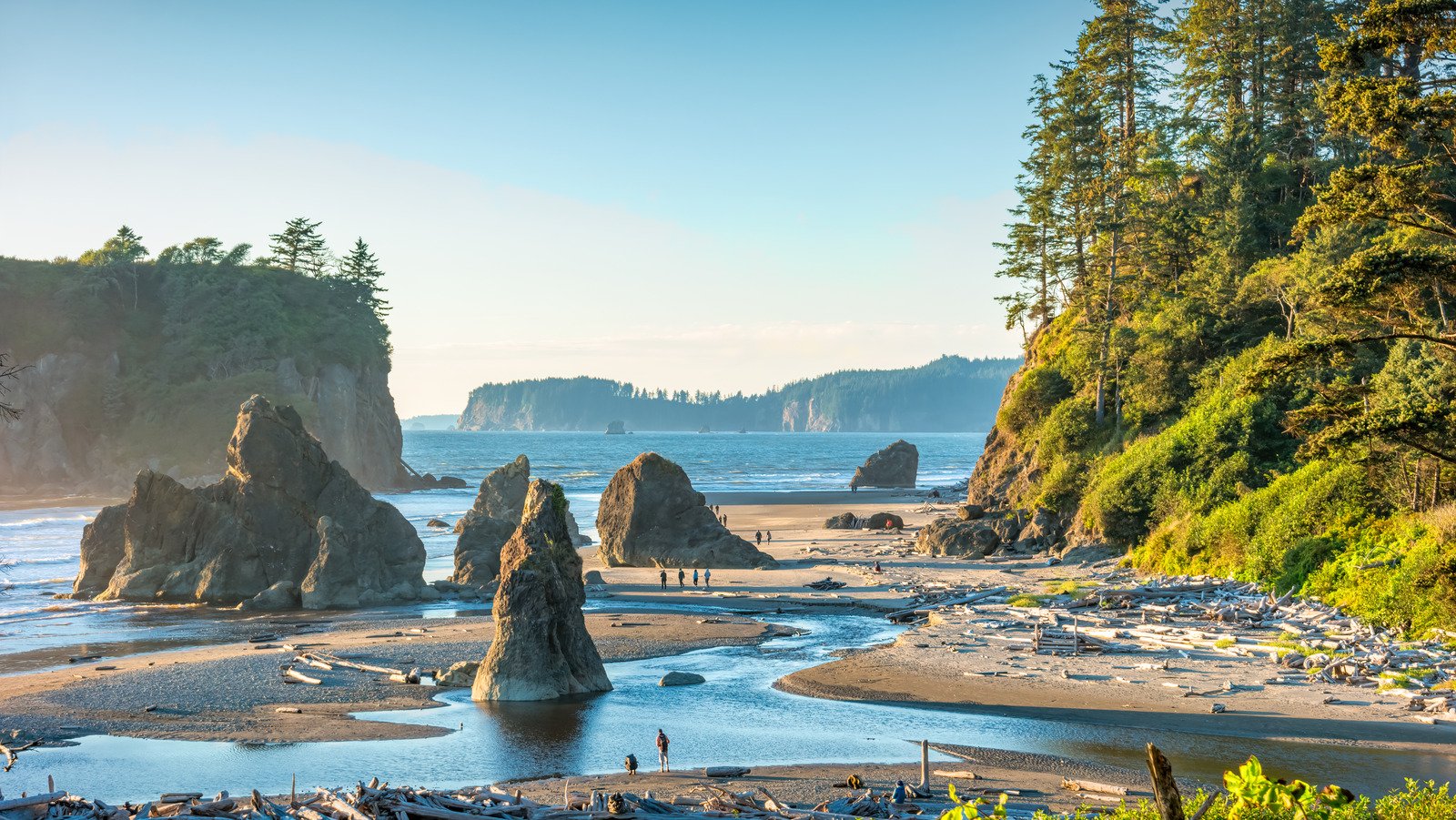Creatures to Beware of When Exploring Olympic National Park
Nestled in the lush greenery of Washington state, Olympic National Park is a breathtaking haven that captures the hearts of nature lovers and outdoor enthusiasts alike. Spanning over a million acres, this park is a gem comprising rugged mountains, serene lakes, and dense forests. While this stunning landscape offers countless adventures, it is also home to a variety of wildlife, some of which can pose unexpected dangers to visitors. Here, we will explore five creatures to watch out for during your outdoor escapades.
Black Bears: Respect the Wilderness
Among the most iconic residents of Olympic National Park are black bears. Often portrayed as cute and cuddly, these animals can be unpredictable and potentially dangerous. With a population of around 25,000 in Washington state, black bears are frequently sighted in the park, especially in wooded areas and near campsites.
When adventuring in bear territory, it’s crucial to take precautions, such as storing food in bear-proof containers and keeping a safe distance from the animals. If you happen to encounter a bear, remember to stay calm, avoid direct eye contact, and back away slowly while making yourself look larger. Carrying bear spray as an additional safeguard can be invaluable.
Cougars: The Stealthy Predators
Cougars, commonly known as mountain lions, are large feline predators that thrive in the forests of Olympic National Park. Weighing over 100 pounds, these stealthy hunters typically avoid human interaction but can pose a threat if cornered or surprised.
If you spot a cougar, do not run. Instead, maintain your ground, stand tall, and make noise to assert your presence. If a cougar approaches too closely, consider backing away slowly while facing the animal. Remember, your safety is paramount. Being aware of your surroundings is an effective strategy to reduce the chances of an encounter.
Elk: Majestic Yet Mischievous
Roosevelt elk, the largest of North America’s elk species, roam freely within Olympic National Park. While these animals are often peaceful, they can become aggressive during mating seasons or if they feel threatened. Weighing in at over 1,000 pounds, an elk can seriously harm someone if provoked.
Maintaining a respectful distance from elk is essential; park guidelines recommend staying at least 75 feet away. If an elk exhibits signs of agitation—like snorting or flattening its ears—slowly distance yourself without turning your back. Protecting yourself and allowing these magnificent creatures to feel secure is a balance every visitor should prioritize.
Seals and Sea Lions: Watch for Their Bite
Along the scenic Pacific coastline of Olympic National Park, seals and sea lions bask on the rocks and swim in the waves. While these marine mammals are often docile, they can exhibit aggressive behavior if they perceive a threat. The harbor seal is a common sight, while the Steller’s sea lion is one of the largest pinnipeds, weighing up to 2,000 pounds.
Stay at least 150 feet away when observing seals and sea lions, and never try to touch or feed them. Keeping your pets leashed and at a safe distance is equally crucial to avoid provoking these animals.
Coyotes: The Canine Misfits
Once the dominant predator in the Olympic Peninsula, coyotes are now the primary wild canines in the area, having filled the ecological gap left by the absence of wolves. These clever creatures are mostly shy but can act out if they feel threatened or cornered.
If you encounter a coyote, don’t panic. Make noise and throw small objects in its direction (not at it) to encourage it to leave. At campsites, keeping food secured and ensuring your area is tidy will help minimize any attractants that could draw coyotes near.
In the heart of Olympic National Park, adventure awaits in every corner, but always remember to respect the wildlife that calls it home. By taking the necessary precautions and maintaining a mindful approach to your encounters with these creatures, you will ensure a memorable and safe adventure that allows you to truly appreciate the wonders of nature. Whether you’re hiking through dense forests, camping beneath starlit skies, or simply enjoying the beautiful landscapes, remain alert, be informed, and enjoy the wild!



